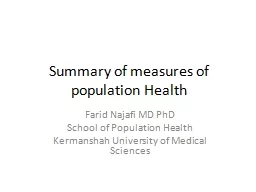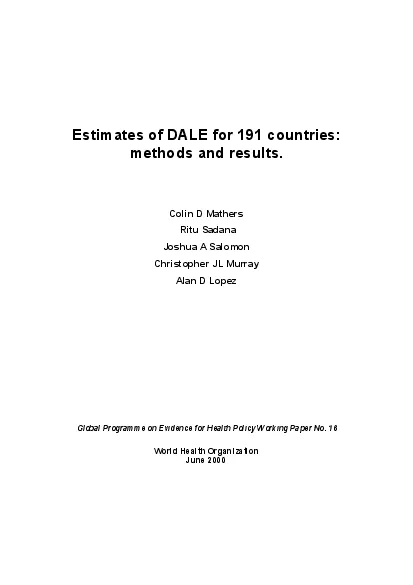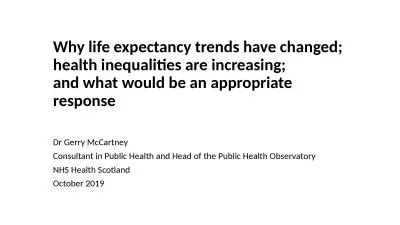PPT-British, Australian and North American life expectancy bega
Author : jane-oiler | Published Date : 2017-10-11
Rapid development period 1880 1950 Former colonies of France and Britain such as those countries in Africa Asia and South America Niger and Brazil did not begin
Presentation Embed Code
Download Presentation
Download Presentation The PPT/PDF document "British, Australian and North American l..." is the property of its rightful owner. Permission is granted to download and print the materials on this website for personal, non-commercial use only, and to display it on your personal computer provided you do not modify the materials and that you retain all copyright notices contained in the materials. By downloading content from our website, you accept the terms of this agreement.
British, Australian and North American life expectancy bega: Transcript
Download Rules Of Document
"British, Australian and North American life expectancy bega"The content belongs to its owner. You may download and print it for personal use, without modification, and keep all copyright notices. By downloading, you agree to these terms.
Related Documents














